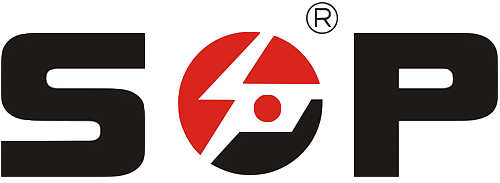As industries in Europe continue to evolve, the demand for precision and efficiency drives the adoption of advanced technologies. Among these technologies, linear displacement sensors have gained significant traction. These sensors play a crucial role in various applications, from automation in manufacturing to aerospace engineering. Let’s explore the current trends shaping the linear displacement sensor market in Europe.
1. Increasing Adoption of Automation
One of the most prominent trends is the growing automation across various sectors. Industries are increasingly leveraging linear displacement sensors for precise position feedback in robotic arms, conveyor systems, and CNC machines. This shift not only enhances operational efficiency but also reduces downtime, making these sensors indispensable in the quest for higher productivity.
2. Integration with Industry 4.0
The rise of Industry 4.0 has catalyzed the integration of smart sensors into manufacturing processes. Linear displacement sensors are now being equipped with IoT capabilities, allowing for real-time data transfer and remote monitoring. This connectivity enables predictive maintenance, where potential failures can be identified before they occur, thus minimizing costly disruptions.
3. Miniaturization and Enhanced Accuracy
As systems become more compact, there is a trend toward miniaturization of linear displacement sensors without sacrificing performance. Manufacturers are developing smaller, high-precision sensors that can fit into tighter spaces, making them ideal for applications in automotive and aerospace industries. Enhanced accuracy metrics are becoming standard, with some sensors achieving resolutions in the micrometer range.
4. Sustainability and Energy Efficiency
With increasing focus on sustainability, manufacturers are also prioritizing energy-efficient designs in linear displacement sensors. There is a noticeable trend towards using materials and technologies that reduce energy consumption without compromising performance. Products that are durable and environmentally friendly are becoming more appealing to European consumers, who are more environmentally conscious than ever.
5. Customization and Adaptability
Industries are looking for solutions tailored to their specific needs. As a result, sensor manufacturers are offering modular and customizable sensors that can be adapted for various applications. This flexibility allows companies to select features that best meet their operational requirements, boosting performance and reliability.

The landscape for linear displacement sensors in Europe is rapidly evolving, driven by automation, digital transformation, and sustainability pressures. As industries adopt smarter, more efficient technologies, linear displacement sensors are becoming better, more versatile, and indispensable tools.

